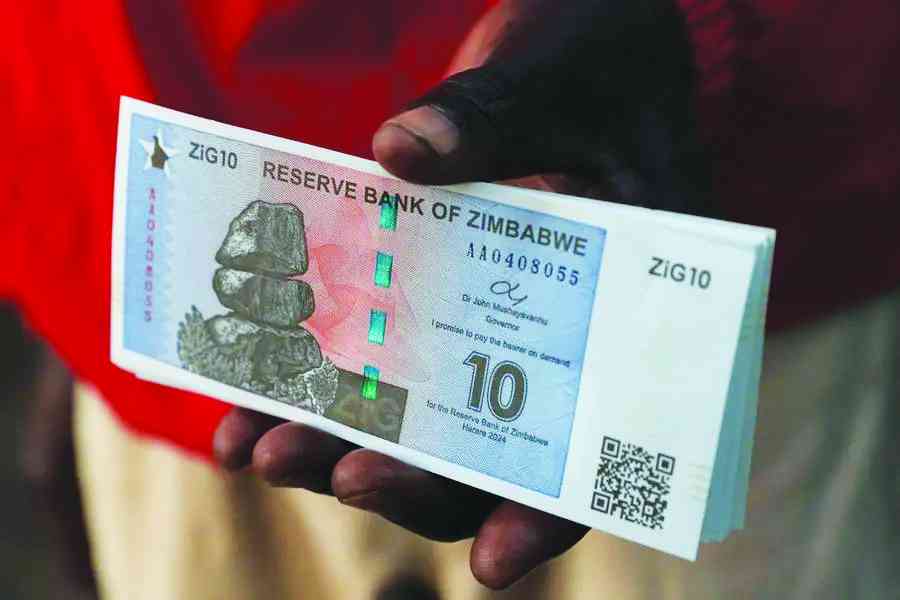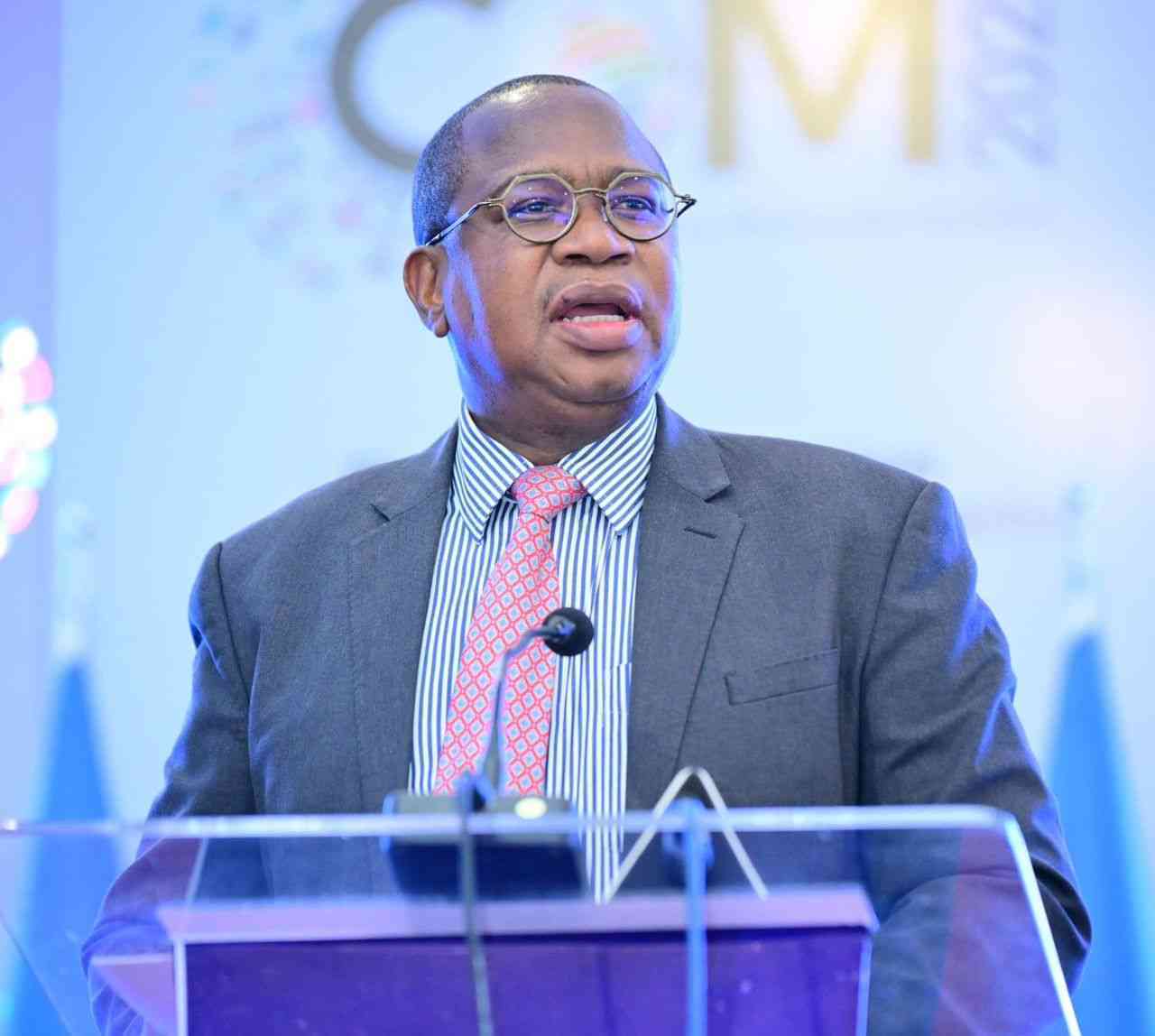
IN the mid-term budget statement presented in Parliament by the Finance, Economic Development and Investment Promotion minister Mthuli Ncube highlighted a couple of measures he was introducing to help stabilise the exchange rate.
The Zimbabwe’s new gold-backed currency, ZiG, has not moved on the formal market since its introduction in April and this has resulted in wild cheers by an ignorant populace.
Zimbabweans have been so engrossed in currency volatility that any iota of light is disproportionately celebrated bringing about an inspiring hope, but yet also bringing about a very dangerous phenomenon.
It is human psychology that when one makes believe a certain occurrence or development, their mind finds every justification for that belief, even if there is no substantial evidence to back the belief or held position.
In a typical example, when one starts to believe that the currency in Zimbabwe has stabilised, there is no more indulgence in whether the stability is real or simply engineered such that the currency may crumble once the façade is over.
These psychological permutations are very common when some challenges have been very repetitive and caused harm to the general state of mind and welfare, as has been with the Zimbabwe currency for about two and half decades.
In our line of work, we guard jealously the interests of our clients, who are mainly business operators. We must remind them to focus on issues that matter and that while maximising the upside, downside risks need not be overlooked.
The currency matter in Zimbabwe is of huge significance as it has shaped the economics of the country for two decades. The Zimbabwe dollar, before the ZiG, was wildly volatile causing inflation and economic ills of all manner, resulting in it collapsing at least three times over the duration.
- Budget dampens workers’ hopes
- Govt issues $24 billion Covid-19 guarantees
- Letter to my People:They have no answers for Nero’s charisma
- ZMX to enhance farm profitability
Keep Reading
The current model is even so very dangerous in our view. It has little indulgence to market forces and therefore no demands no incentive for authorities to pay attention to underlying fundamentals.
Yes, because that is exactly what a fixed exchange regime entails. What is more worrying is that the authorities do not want to call the exchange regime in Harare for what it is.
These lies have an impact on the users of such information and those whose businesses depend on the performance of the exchange rate and this is entirely everyone in business. As part of the measures to stabilise the exchange rate, the government intends to “improve the functioning of the market-based willing-buyer willing-seller foreign exchange market”.
This is a lie and the government knows that there is no longer such a market in Zimbabwe. When it used to be there during the Zimbabwe dollar era, it was not close to perfection as the government kept a strong grip on the market mechanics, stifling its liberalisation and effectiveness in market discovery.
Here we give a clear description of the market systems that are pursued globally and how they are categorised. In a fixed exchange rate system or a gold-backed currency system, a country is not fully pursuing a willing-buyer, willing-seller exchange market.
Instead, these systems involve more rigid mechanisms for determining currency values, which contrasts with the flexibility inherent in a willing buyer, willing seller approach.
Fixed exchange rate system
In a fixed exchange rate system, a country’s currency value is pegged to another major currency or a basket of currencies. The government or central bank commits to maintaining this fixed rate by intervening in the foreign exchange market as necessary.
For example, if the value of the domestic currency starts to deviate from the fixed rate, the central bank might buy or sell foreign currency reserves to stabilise the exchange rate.
This intervention reduces the role of market forces in determining the exchange rate, as the rate is maintained through administrative measures rather than through the free interaction of buyers and sellers.
Countries like Saudi Arabia and Hong Kong, which peg their currencies to the US dollar, illustrate this system. In such systems, while there is still a market for currency exchange, the extent to which the exchange rate reflects supply and demand is constrained by the fixed peg.
Gold-backed currency system
In a gold-backed currency system, the value of a country’s currency is directly linked to a specific amount of gold. The currency’s value is determined by the gold standard, where the government guarantees that it will exchange currency for a fixed amount of gold upon request.
This system provides a stable but rigid framework for currency valuation, as it ties the money supply to the amount of gold reserves held by the country.
For instance, under the classical gold standard, used by countries such as the United Kingdom in the 19th and early 20th centuries, the exchange rate between currencies was essentially fixed by their gold convertibility.
Here, the currency’s value does not fluctuate based on market dynamics but is rather determined by the quantity of gold backing it.
This system limits the ability of the currency to adjust based on market conditions, thus deviating from the willing-buyer, willing-seller model where exchange rates are freely set by market transactions.
In summary, both fixed exchange rate systems and gold-backed currency systems limit the extent to which market forces can determine currency values.
While they offer stability and predictability, they do so at the expense of the flexibility and responsiveness found in a truly market-driven, willing-buyer, willing-seller exchange market.
These rigidities are exposed, under such a situation that Zimbabwe finds itself in, through the parallel market.
Rigidity in exchange rate determination causes pressure on the parallel exchange rate when the underlying factors have shifted.
While when pursuing a flexible exchange rate system, the market rate would respond to increased local currency liquidity through depreciation against a measured foreign currency, in a fixed system, such a shift in the underlying liquidity is veiled and ignored as the rate remains unchanged.
However, this liquidity pressure cannot be wished away and would typically find home in the parallel market. The result is depreciation in the parallel rate.
When the jump is huge and where over time the variance between the formal and informal widens to unsustainable levels, such as rigid system risk crumbling causing a spectacular currency fall.
This is the risk that Zimbabwe faces under the current currency regime. Last week the parallel market premium increased from 20% to 40%, and that gap is untenable as it creates a vicious exponential cycle.
- Equity Axis is a financial media firm offering business intelligence, economic and equity research. The article was first published in its latest weekly newsletter, The Axis.










